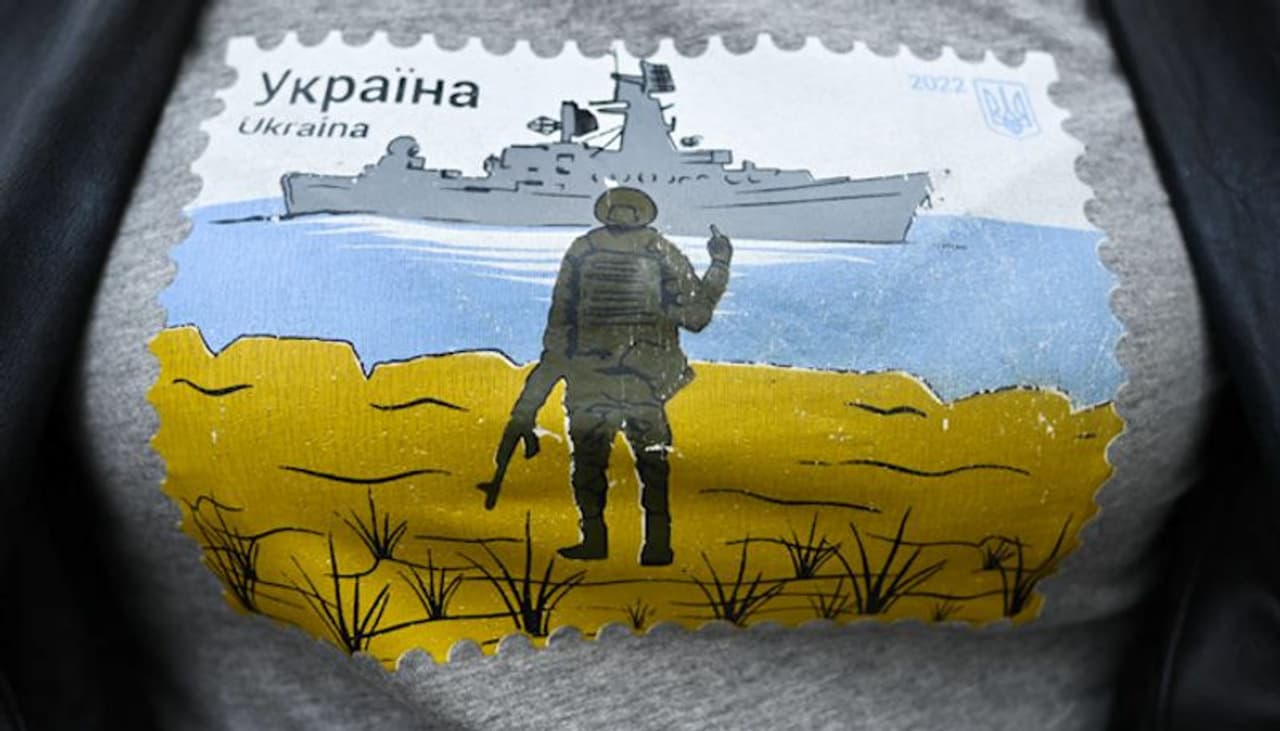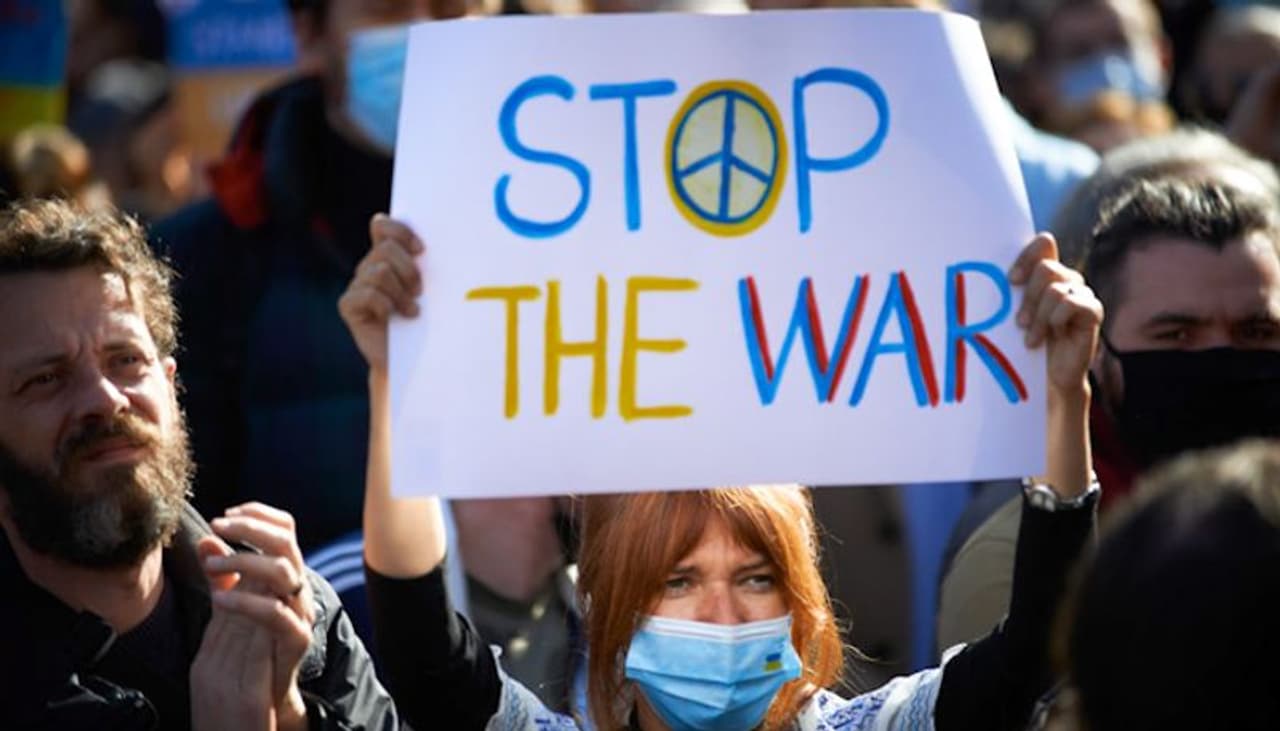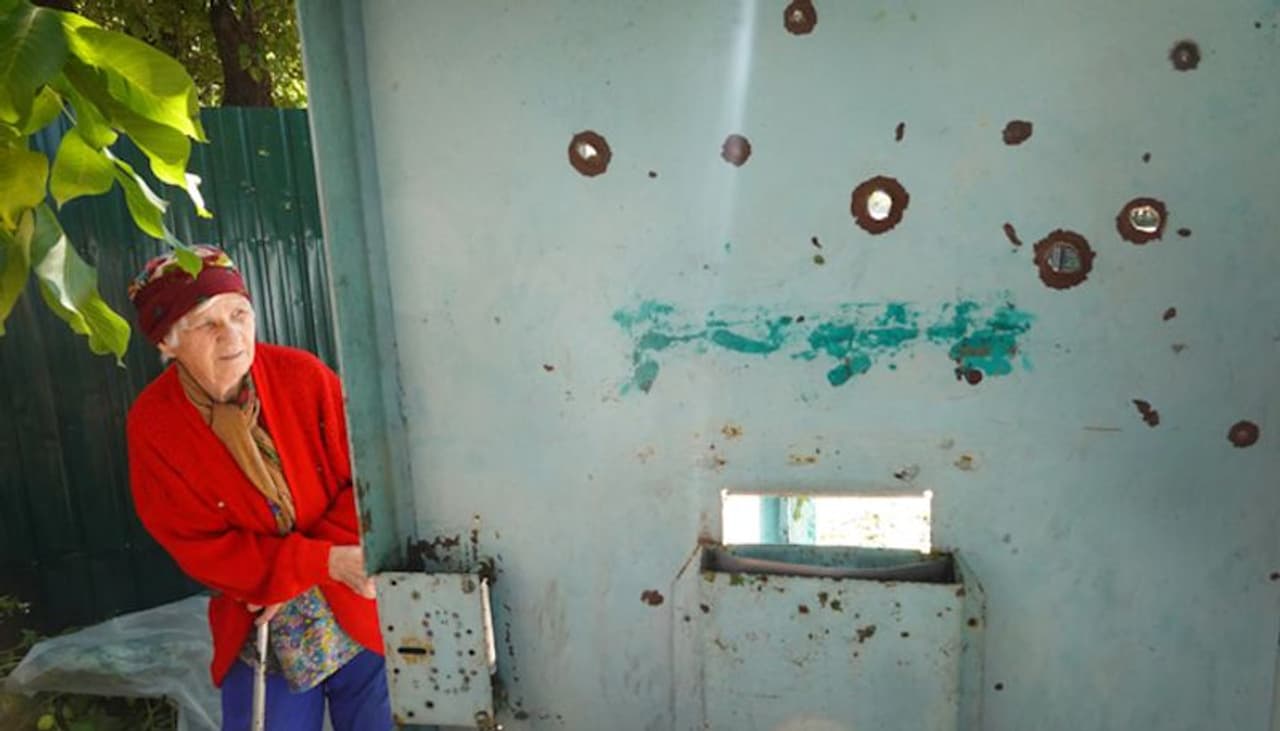As the war in Ukraine is about to head into its sixth month, the ferocity with which it is fought shows no signs of abating neither on the battlefield, nor in the rhetoric emerging from Moscow and Kyiv.
As the war in Ukraine approaches its sixth month, the ferocity with which it is fought shows no signs of slowing down, either on the battlefield or in the rhetoric emanating from Moscow and Kyiv.

Russian attacks continue to target Ukrainian cities such as Vinnytsia in western Ukraine that are far away from the front lines and those like Mykolaiv and Odesa that are of high strategic value in the battle over control of Ukraine's Black Sea coast. Meanwhile, the battle over Donbas has further intensified.
Russia is reorganising its military to retake the remaining Ukrainian-held areas in the Donetsk region. While Russia has been progressively expanding its territory in the east, Ukraine started a counter-offensive in May to retake control of Kherson. This southern province is vital to Russia's efforts to establish a land route to Crimea.
Having re-captured more than 40 villages since the start of the campaign, Ukraine appears to have gained momentum on the frontline.

'Judgement Day'
Thanks to modern western weaponry, particularly the US-provided Himars, Kyiv has been able to target Russian command posts, storage facilities, and supply routes more precisely and at a broader range.
To deter Ukraine from attacking targets in Crimea, former Russian President Dmitry Medvedev threatened to use Himars to support the counter-offensive in Kherson.
Since February, the peninsula, which houses Russia's Black Sea navy and served as a launchpad for land operations in the east, notably the siege of Mariupol, has played a crucial role in Moscow's war effort.
More recently, the Kremlin has also used Crimea as a hub for the export of stolen Ukrainian grain.
Russia has repeatedly threatened doomsday scenarios of this kind. These were usually aimed at Nato, initially at weapons and ammunition supplies, then at troop deployments.
Now Moscow seems to have accepted that they can do little about arms deliveries and are repositioning how Ukraine uses these arms.
While it is true that the west has frequently transgressed Russian red lines without suffering the repercussions, Medvedev's most recent outburst should not be lightly disregarded.

The former Russian President's use of the term "systemic threat" in reference to any strikes on Crimea alludes to one of the conditions that, according to Russian military doctrine, would justify the deployment of nuclear weapons.
According to Russian media, Medvedev, now deputy chairman of the Russian Security Council, used a speech to military veterans in the southern Russian city of Volgograd to promise "a doomsday, very quick and tough, immediately" if Ukrainian forces were to attack Crimea.
Although no other country has recognised Russia's annexation of Crimea, Medvedev justified it as a necessary response to an attack on Russian territory.
This narrative about protecting 'mother Russia' hides how crucial Crimea is to Moscow's overall strategy and how reliant it is on safe staging grounds and supply connections there if they ever wish to march further west down the Black Sea coast toward Odesa.
In line with the 'stage-two' objectives of the so-called special military operation in Ukraine, which include the complete 'liberation' of Donbas and a land corridor from there along the Black Sea coast to Ukraine's border with Moldova, increased attacks on Mykolaiv would suggest that this is still a possibility being considered by the Kremlin.
With reference to Crimea, Moscow is now setting up another red line - not for the west, but for Ukraine. And this creates a different and potentially more dangerous situation.

Autumn showdown
Part of this bigger picture is an expectation, on both sides, of a showdown in the autumn. Ukraine and Russia are both hoping to 'freeze' the front lines in a favourable position before the resumption of any peace talks likely to occur in the autumn and before winter will make fighting more difficult.
Both sides need to mobilise more forces and replenish their equipment for that to happen.
While Ukraine is closer to a general mobilisation, Russia has so far avoided this and used volunteers and contractors, like the Wagner group, to compensate for its workforce shortages.
Russia may have a much larger population, around 140 million, compared to Ukraine's 40 million, but lacks the kind of sophisticated military equipment that Ukraine has access to.
Instead, Russia is increasingly relying on Soviet-era tanks and artillery. These may not have the same effect as what Nato can supply, but their sheer number and ruthless use, including against civilian targets, could still overwhelm Ukrainian defenders.
The long-term prospects are not encouraging for either side. A protracted stalemate in Donbas is all but inevitable once Russia has conquered the remainder of the Donetsk region.
When this happens, it will have been at a very high cost to both sides and the civilians caught in the middle.

In the north, Russia may make a new push to re-capture Kharkiv, while Ukraine may make further advances in its counter-offensive in Kherson. None of this will constitute the significant boost to morale that both sides need ahead of any major battle in the autumn.
This may increase the temptation for Ukraine to strike Russia's bridge across the Kerch Strait to Crimea and for Russia to retaliate with tactical nuclear weapons. Because it would not constitute a direct attack on a Nato member but keep the war in Ukraine, Putin may have fewer qualms about carrying out this threat.
Anyone relying on the Russian President's 'rationality' not to be capable of such a move only needs to look back at Russia's actions in Ukraine over the past eight years to realise this is not a safe bet.
Also read: Explained: How Russia-Ukraine war threatens to sabotage integrity of global internet
(With inputs from PTI)
